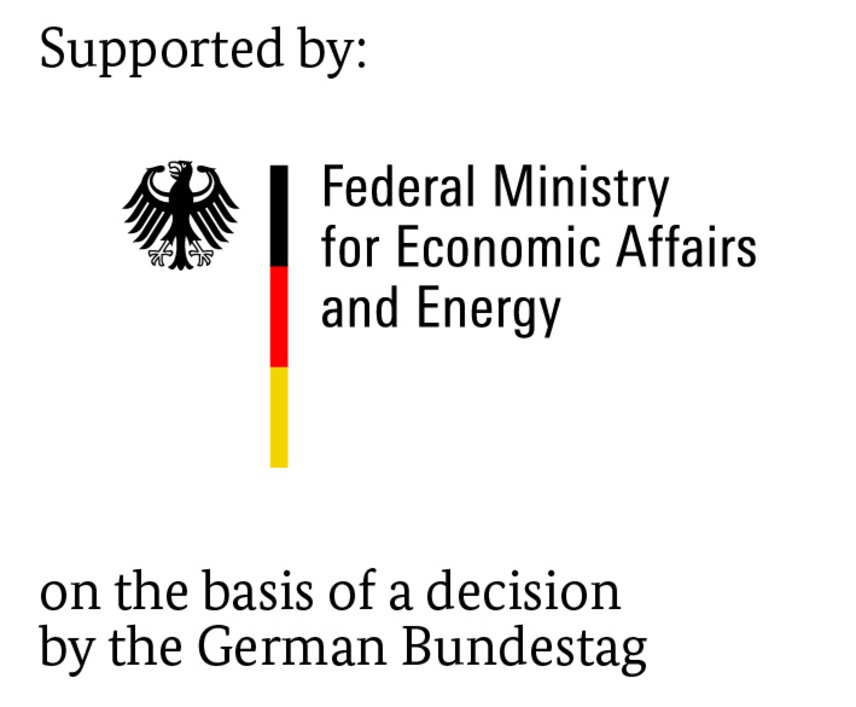Very high firing temperatures, with gas temperatures of up to 2000°C in the sintering zone of the rotary kiln, are required to produce the hydraulic cement clinker phases. To reliably protect the steel supporting structure, the inside walls of the installations have to be lined with refractory material. Particularly in the vertical preheater areas, the brickwork has to be fixed to the outer supporting structure with metal anchoring systems. In these areas the gas atmosphere reaches temperatures of up to 1200°C. As the hot gas atmosphere contains large proportions of corrosive substances such as sulphur dioxide (SO2), hydrogen chloride (HCl) and both chloride-based and sulphate-based alkali salts, the metal components used in these areas are particularly exposed to high-temperature corrosion. These corrosive alkali salts and gases attack the individual alloying elements selectively and thus cause significant damage to the steel anchors. The corrosion phenomena are not limited to the preheater area. Due to the porous structure of the refractory lining including the joints and the associated lack of diffusion tightness, the kiln shell is also exposed to the corrosive substances and increased kiln shell corrosion may therefore occur.
The aim of this research project was to investigate the issue of high-temperature corrosion in the hot area of the preheater and the rotary kiln. To this end, various alloys of heat-resistant steels used for the production of anchors were inserted in the preheater, subjected to the thermal loads in the factory for a period of at least one year and then evaluated. In parallel with the full-scale operational trials, the alloys were placed in laboratory kilns and exposed to a gas atmosphere corresponding to the gas atmosphere of a rotary kiln plant in order to research the corrosion mechanisms in detail.
Studies were also performed with respect to protection of the kiln shell against corrosion. The sintering zone of the rotary kiln was fitted with a so-called sacrificial layer which extended over the full circumference of the kiln and was around 1 m wide. The purpose of the sacrificial layer was to act as both a diffusion barrier and as sacrificial material in order to protect the kiln shell against corrosion.
Laboratory and operating trials were compared to investigate the extent to which it is possible to make a statement about damage behaviour using a short-term trial in a laboratory. In addition, the materials that display the highest corrosion resistance under the aforementioned conditions were identified.

